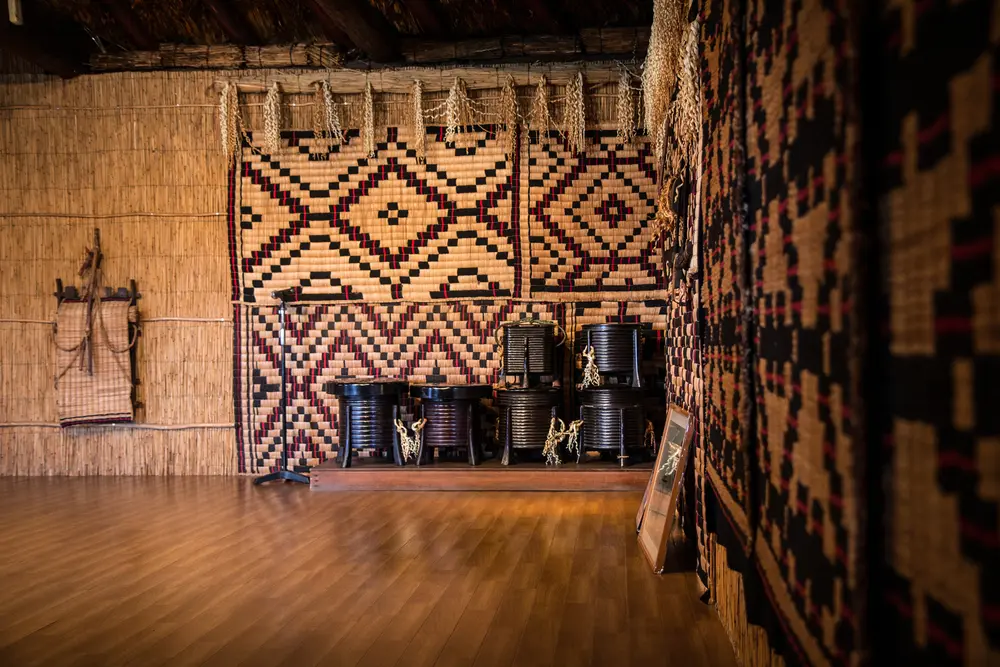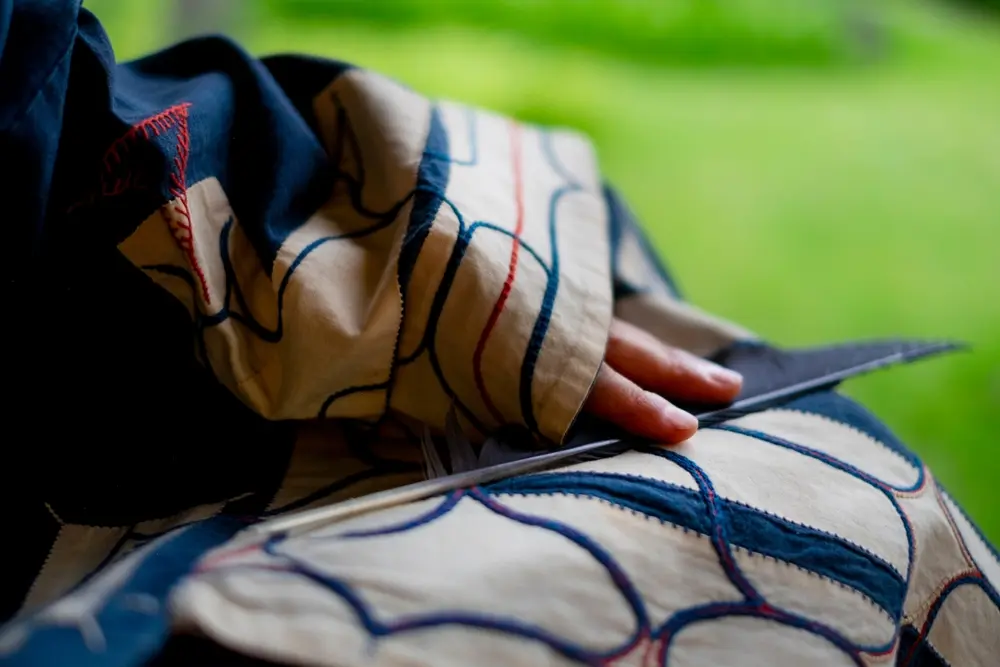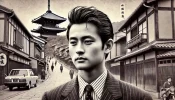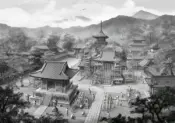Exploring the Prehistoric Times and Ainu Culture of Hokkaido
Hokkaido, Japan’s northernmost island, is a land steeped in rich cultural history and natural beauty. Among its many historical facets, the prehistoric times and the Ainu culture stand out as particularly significant. This article delves into the origins, culture, and enduring legacy of the Ainu people, whose unique traditions and lifestyle have profoundly shaped the identity of Hokkaido. By understanding the early history and cultural development of the Ainu, we can gain a deeper appreciation for Hokkaido’s heritage and the resilience of its indigenous people.
The Origins of the Ainu People

The early inhabitants of Hokkaido are believed to have arrived on the island thousands of years ago. Archaeological evidence suggests that the ancestors of the Ainu people migrated to Hokkaido from regions that are now part of Russia and China. The Ainu culture began to emerge around the 13th century, characterized by distinct linguistic, social, and religious practices that set them apart from other ethnic groups in Japan.
Genetic studies have revealed that the Ainu are genetically distinct from the Yamato Japanese, with closer genetic ties to indigenous peoples of Siberia and other regions in northeastern Asia. This unique genetic heritage has contributed to the distinct physical and cultural characteristics of the Ainu people.
Ainu Society and Culture

The Ainu society was traditionally organized into small, autonomous communities known as kotan, each consisting of several extended families. The Ainu had a subsistence lifestyle, relying on hunting, fishing, and gathering for their livelihood. They were skilled hunters, using bows and arrows, spears, and traps to hunt deer, bear, and other game. Fishing, especially for salmon, was also a crucial part of their diet and culture.
The Ainu language, an isolate with no known relatives, was rich in oral traditions. They passed down myths, legends, and histories through generations via storytelling and songs. This oral heritage provided a framework for their spiritual beliefs, which were deeply rooted in animism. The Ainu believed in a world inhabited by spirits (kamuy) present in natural elements such as animals, plants, and mountains. Rituals and ceremonies, often involving the offering of sake and other gifts to these spirits, were integral to their religious practices.
Ainu Art and Craftsmanship

Ainu art is renowned for its intricate and symbolic designs, reflecting their deep connection to nature and spirituality. Traditional Ainu clothing, such as the attus (robes made from woven fibers of inner tree bark), was adorned with geometric patterns and motifs representing protection and blessings from the spirits. These garments were not only practical but also carried significant cultural and spiritual meaning.
Wood carving was another prominent art form among the Ainu. They created a variety of wooden objects, including household items, tools, and ceremonial artifacts. One of the most iconic Ainu crafts is the inau, a ritual offering made from shaved willow branches, used in ceremonies to honor the spirits. The Ainu also excelled in embroidery, creating elaborate patterns on clothing and other textiles that told stories and conveyed cultural values.
Interactions with Other Cultures
The Ainu people had long-standing trade relationships with neighboring regions, including the Japanese mainland and the Russian Far East. Through these interactions, they exchanged goods such as fur, fish, and crafts for rice, sake, and other commodities. These trade networks facilitated cultural exchanges and influenced Ainu society in various ways.
During the Edo period (1603-1868), the Matsumae clan, granted exclusive rights by the Tokugawa shogunate, established trade monopolies with the Ainu. This period marked increased Japanese influence on Ainu culture, as well as growing tensions and conflicts over resources and land. Despite these challenges, the Ainu maintained their cultural identity and traditions.
The Struggle for Survival
The Meiji Restoration (1868) brought profound changes to Japan, including the assimilation policies that greatly impacted the Ainu. The Japanese government implemented measures to integrate the Ainu into mainstream society, often at the expense of their cultural heritage. The 1899 Hokkaido Former Aborigines Protection Act aimed to assimilate the Ainu by providing land for agriculture but simultaneously restricted their traditional practices and forced them to adopt Japanese customs.
Throughout the 20th century, the Ainu faced numerous hardships, including discrimination and loss of cultural identity. However, in recent decades, there has been a resurgence of interest in Ainu culture. Efforts to preserve and revive their heritage have gained momentum, with initiatives to teach the Ainu language, celebrate traditional festivals, and promote Ainu arts and crafts.
Conclusion
The history of the Ainu people is a testament to their resilience and enduring cultural legacy. Despite facing significant challenges and pressures to assimilate, the Ainu have managed to preserve many aspects of their unique culture. Today, the rich heritage of the Ainu is recognized and celebrated, contributing to the diverse cultural tapestry of Hokkaido.
By exploring the prehistoric times and Ainu culture of Hokkaido, we gain a deeper understanding of the island’s history and the strength of its indigenous people. We encourage readers to learn more about the Ainu and to visit Hokkaido to experience firsthand the beauty and richness of their cultural heritage.
Next:Hokkaido in the Edo Period: Uncovering the Rich History of Ezochi and the Ainu









